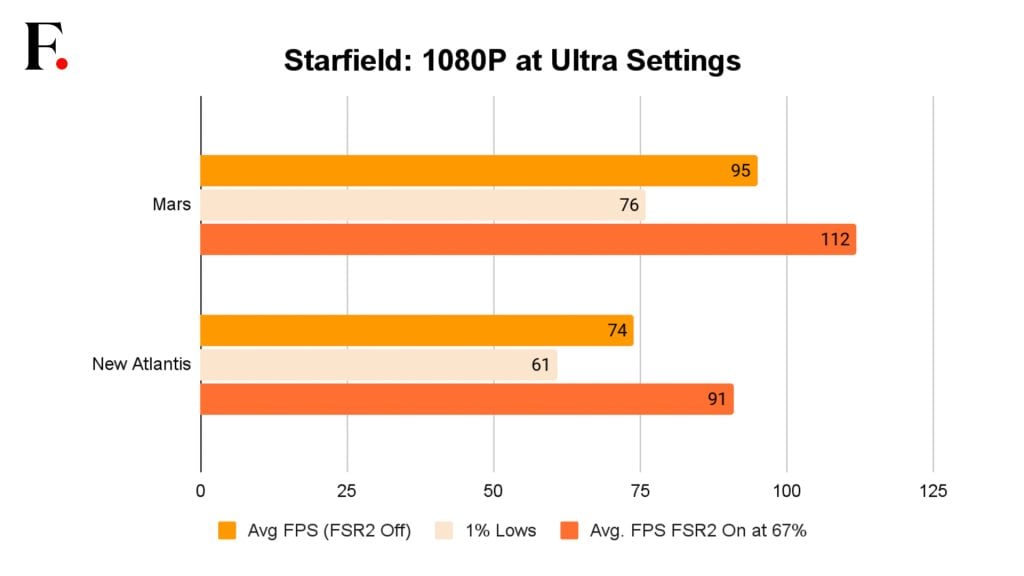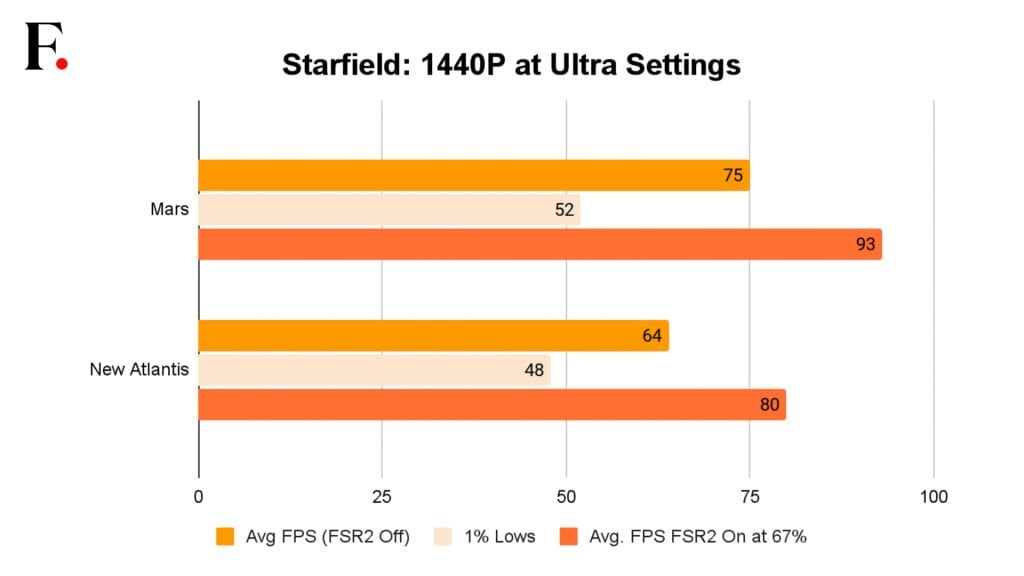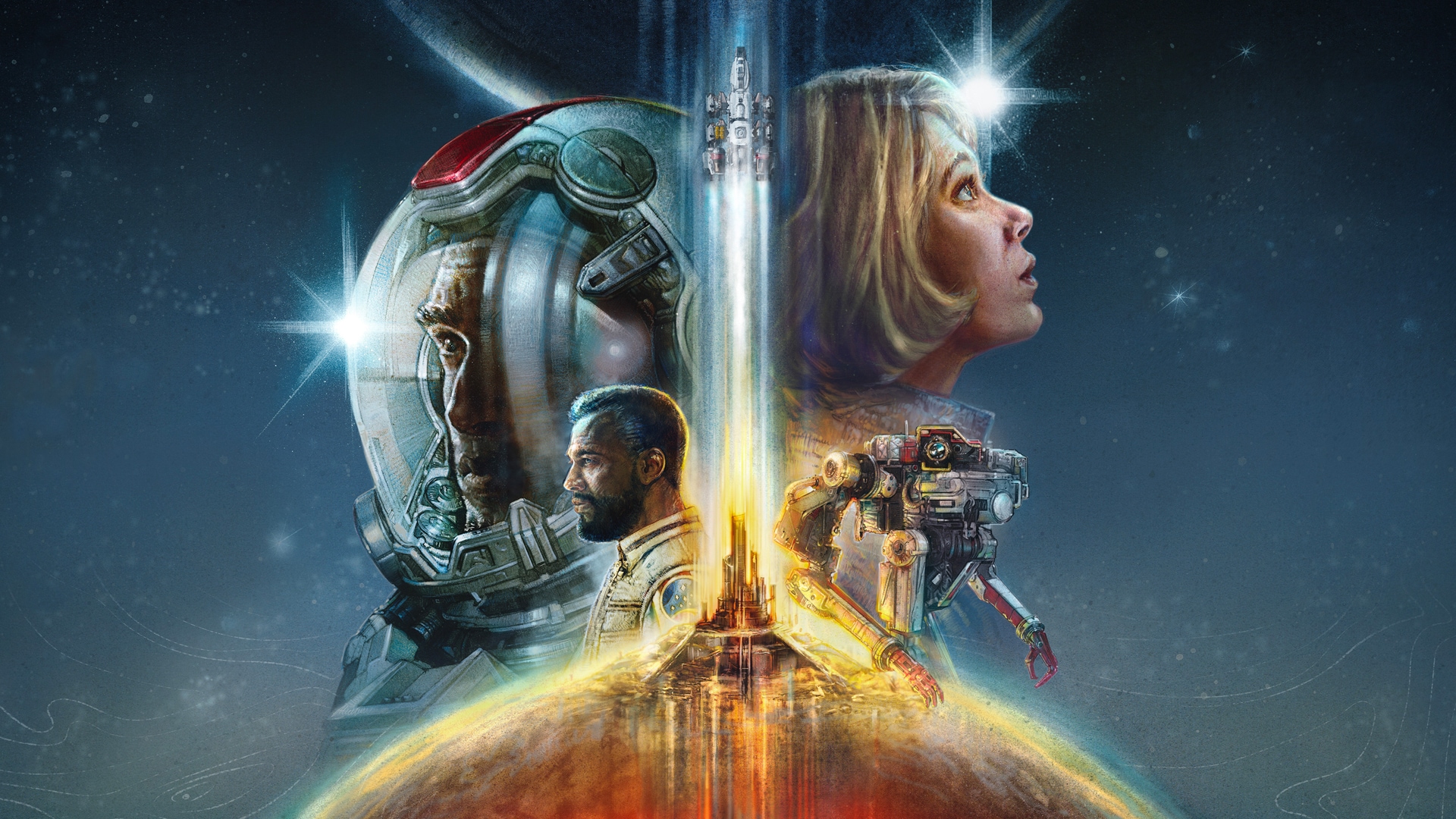AMD Radeon RX 7800 XT GPU’s performance on Starfield shows why it is the new 1440P gaming king

Bethesda’s Starfield is a cracker of a game that is actually giving a number of proven GPUs from both NVIDIA and Intel a really tough time. Because Bethesda partnered with AMD, Starfield actually plays well with the new Radeon RX 7800XT, but to what degree?
A couple of weeks ago, AMD dropped a couple of fresh Radeon GPUs, the Radeon RX 7700 XT and the Radeon RX 7800 XT, which has been received quite positively by the gaming community. In our review, we had just one thing to say — if you’re looking to build a 1440P gaming rig as of this moment, the 7800 XT is the card to go for.
With these additions, AMD has wrapped up its RDNA 3 GPU lineup. What’s more interesting though, is that AMD teamed up with Bethesda for Starfield, and is giving away free copies of the game to people who buy and install the 7800 XT and 7700 XT GPUs.
Starfield has been making the headlines for all sorts of reasons. The game, which has already turned out to be a massive fan favourite has been in the news for how taxing it is on PC and just how well-optimised has it been for consoles.

Considering that AMD has partnered up with Bethesda for Starfield, we thought of putting the GPU through the gauntlet that Starfield is proving to be for NVIDIA and Intel GPUs, and see how it performs. And boy, were we surprised.
For our testing, we teamed up our Radeon RX 7800 XT with an AMD 7800X3D processor, backed by 32GB of Kingston Fury DDR5 RAM, rated at a speedy 6000 MT/s. All of this hardware was connected to a Gigabyte Aorus X670E Master motherboard. We kept the CPU cool using Cooler Master Masterliquid PL360 Flux. The whole setup was powered by a reliable CoolerMaster MWE 1250W V2 80 plus gold PSU.
We tested out the game in 2 settings — once at 1440P all Ultra settings, with FSR2 on, and once in 1080P, all Ultra settings and again, with FSR2 on, at about 67 per cent scale.And of course, we had AMD’s version or ReBAR, known as SAM or Smart Access Memory turned on.
Going by the data that we collected, the 7800 XT GPU proves its worth given just how well it holds up when we throw the gauntlet at it. In a game as demanding as Starfield, it holds its ground. What was even more surprising for us, was that the lows weren’t that far off, which indicates that frame generation by the 7800XT was actually quite quick.

We are also happy to report that the GPU did not get any more loud than it usually was during any other game. During gameplay, rarely did we see the GPU temp go up over 55 degrees.
Furthermore, the 7800 XT’s 16GB VRAM gives you a nice buffer to really crank up the details and FSR2 scaling. This has proven to be the Achilles heel for NVIDIA and Intel GPUs.

All in all, Starfield is here to stay as a new benchmark for gamers, and testers considering how well it puts GPUs through the ringer. It will be really interesting to see how well the 7700XT holds up against Starfield.
For all the latest Technology News Click Here
For the latest news and updates, follow us on Google News.

